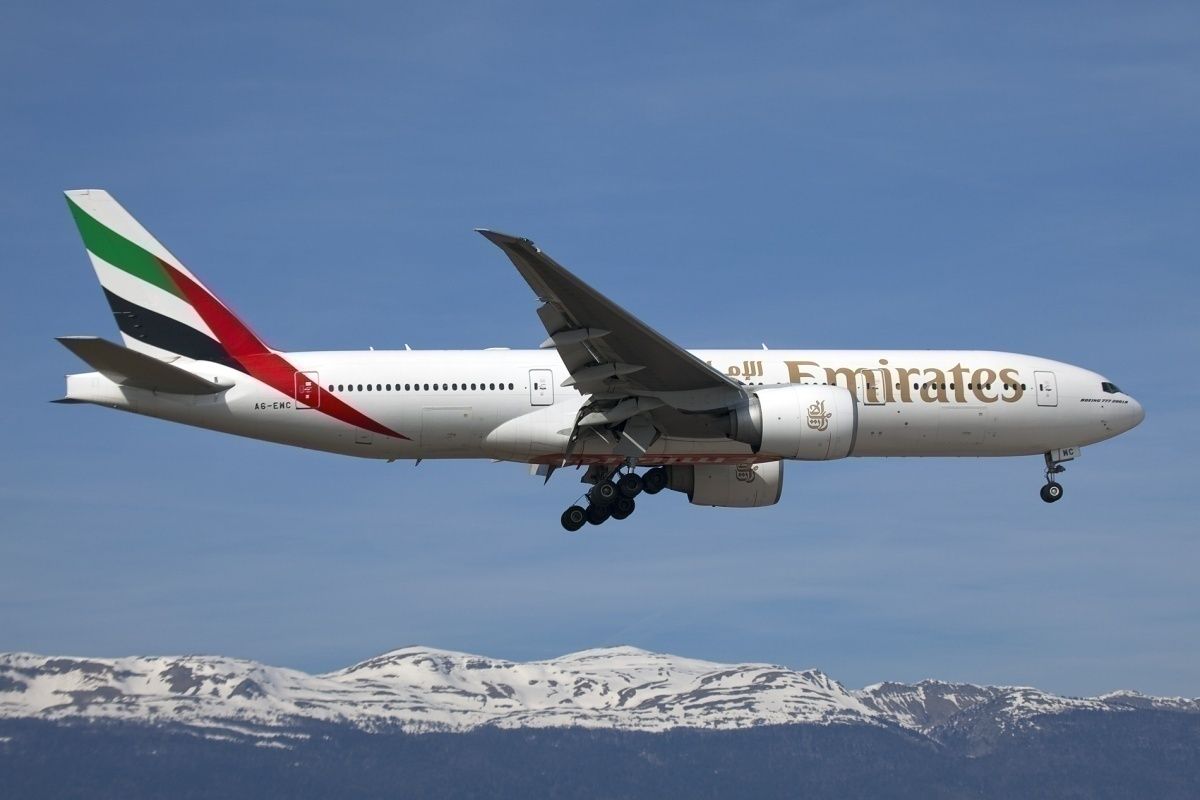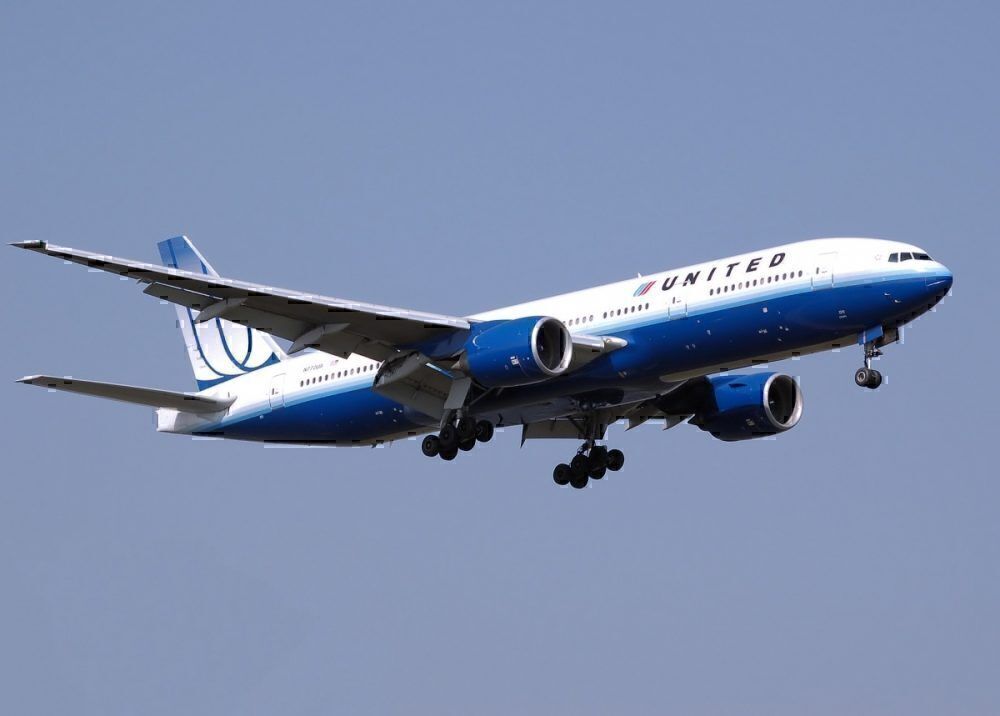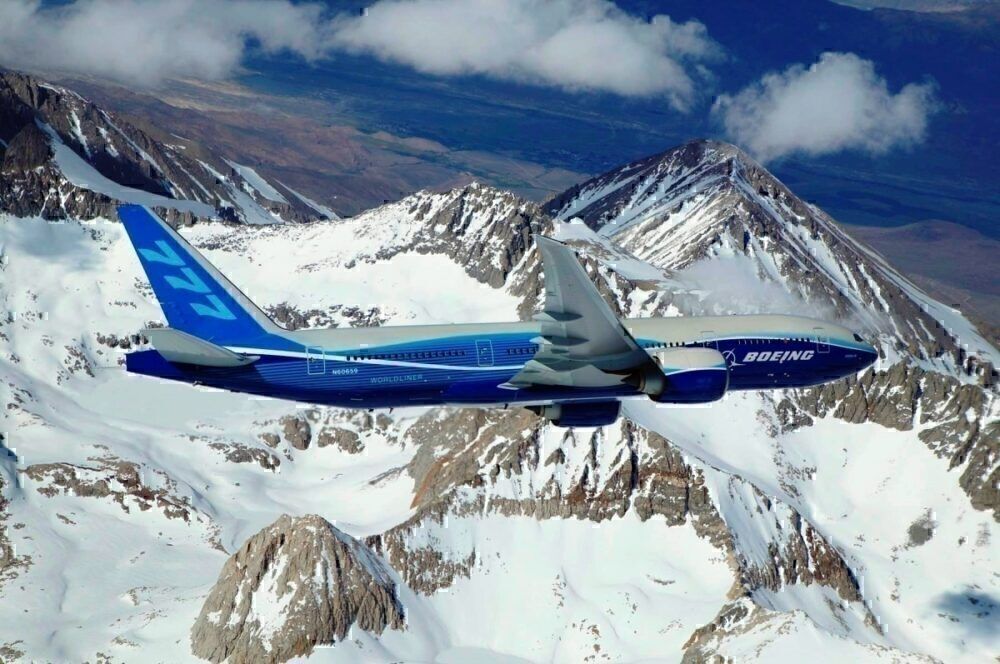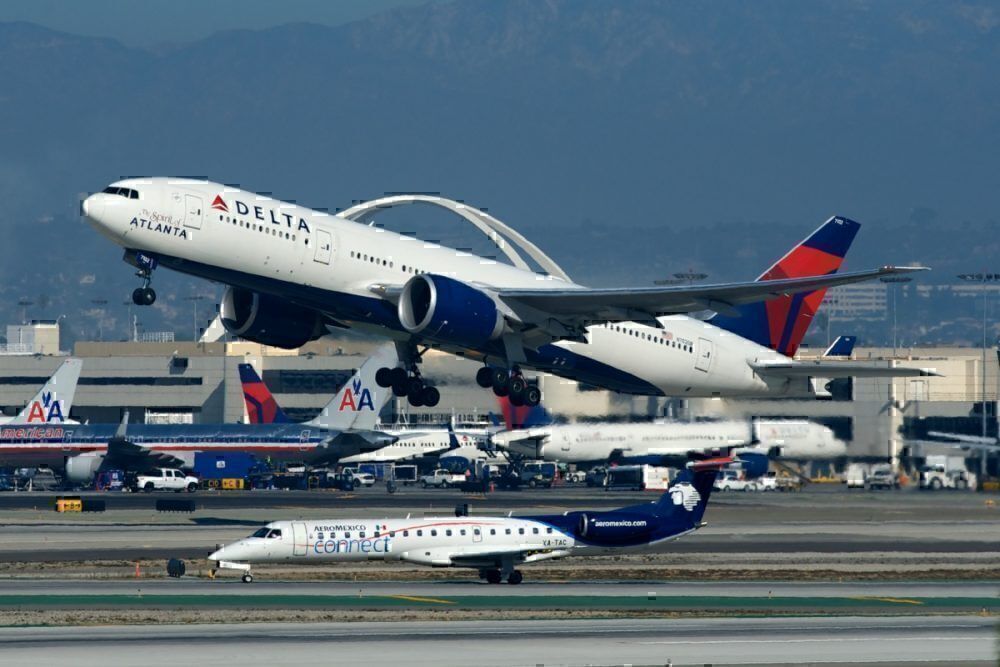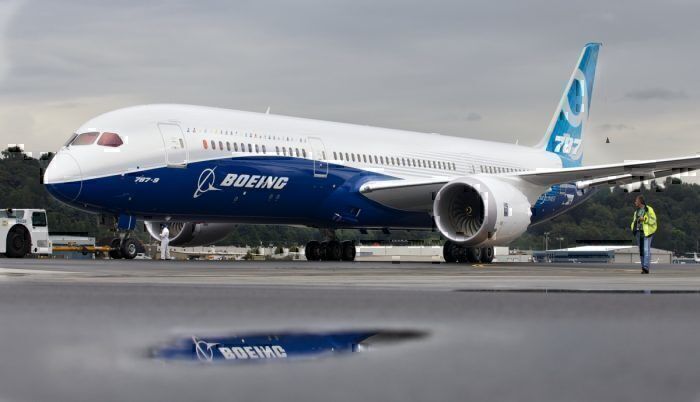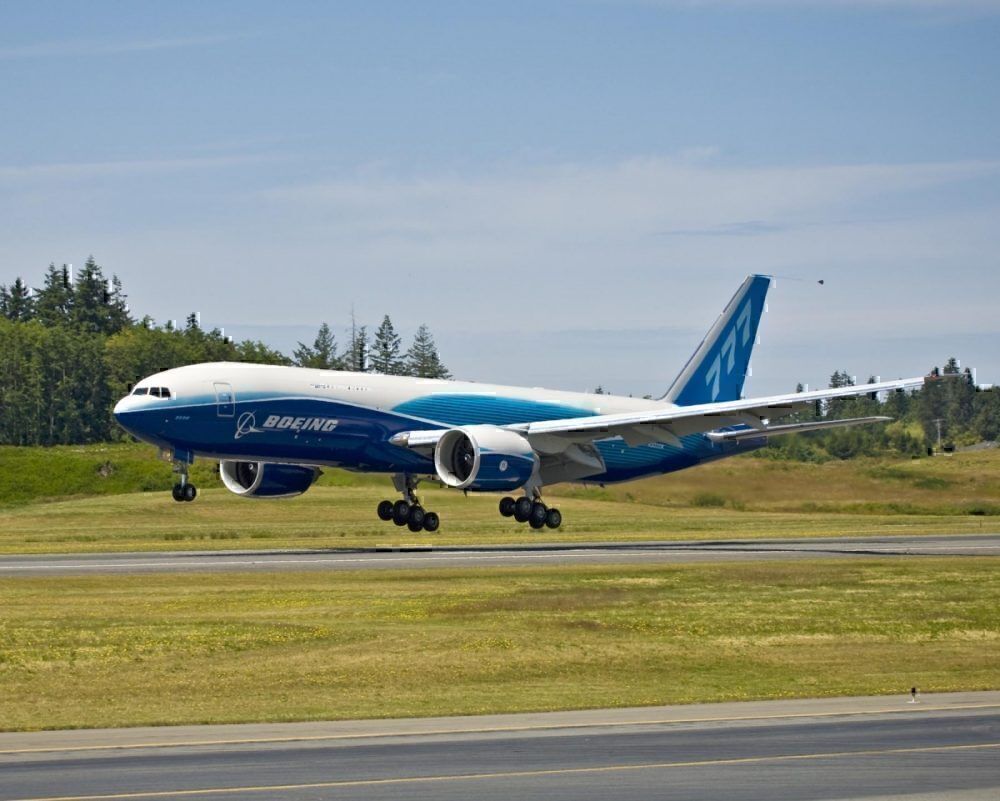The Boeing 777-200LR was launched in 2006, with a range amongst the highest ever seen on a commercial aircraft. This offered great possibilities but ultimately was only bought by a few airlines. While the range was perhaps just too much to justify efficiency, the aircraft wasn’t a complete disaster. It took minimal development costs (as part of the 777 family) and went on to develop the popular 777F freighter.
The 777 – the most popular widebody to date
Boeing has done very well with the 777 family. It was developed in 1995 to bridge the gap in capacity between the 767 and the 747, following a first order from United Airlines. The original 777-200 has seen several updates and new variants and remains in production today with the new Boeing 777X.
Including all variants, the 777 family now has over 2,000 orders, with 1,646 aircraft delivered, as of October 2020.
Stay informed: Sign up for our daily aviation news digest.
Developing the 777-200LR
The original 777-200 was joined in 1997 with an extended range 777-200ER variant. This competed well with the A340-300, offering a similar range (13,084 kilometers for the 777-200ER versus 12,400 kilometers for the A340-300), but with more efficient twin-engine operation instead of four. This proved popular, with 422 orders.
This was followed in 2006 by the 777-200LR, with launch customer Pakistan International Airlines. This offered an ultra-long-range of 15,843 kilometers, again designed to compete with the new A340-500 offering from Airbus a couple of years earlier.
The intention from Boeing was for the 777-200LR to operate some incredible long-haul routes, such as Singapore to Los Angeles or London to Perth. These visions never materialized, however.
Limited take-up by airlines
In all, only eight airlines ordered the 777-200LR, with 61 aircraft sold in total (one aircraft, for Turkmenistan Airlines, is still outstanding). This matched the Boeing 777-300 as the least sold members of the family. Delta and Emirates were the largest customers of the 777-200LR, ordering 10 aircraft each. Qantas was a target customer for the 777 but never ordered. Although there was discussion in 2019 of them using 777-200LR aircraft as part of Project Sunrise.
Airbus suffered the same problem with its ultra-long-haul A340-500 aircraft, with just 34 aircraft ordered.
Those airlines that have made it work have done so mainly on ultra-long routes. Air India, for example, used it for North American routes. Other examples include Qatar Airways between Doha and Auckland, and Delta Air Lines on Atlanta to Johannesburg.
The range was just too long
The main problem with the 777-200LR is simple; the range is too long. The need for these ultra-long routes just wasn’t there, not helped by rising fuel costs at the time.
It also was uneconomical on shorter routes. To achieve its range, Boeing added larger, and heavier, fuel tanks (rather than using more efficient engines or aerodynamic features as seen on later aircraft). This made the aircraft more expensive to operate on short- and medium-haul routes.
It was not long before other aircraft appeared on the market, such as the Boeing 787 and the Airbus A350, that could offer a similar range and capacity, but with much more efficient short- and medium-haul operation as well.
Sales of the more efficient 777-300ER and 787 support this. The 777-300ER has gone on to become the highest-selling 777 family member, with 838 orders. But the smaller 787 has likely become the main alternative to the 777-200LR. The 787-8 offers a range of 13,620 kilometers (compared to 15,843 kilometers for the 777-200LR) and a passenger capacity of around 242 (compared to 317 on the 777-200LR).
Not a ‘disaster’ for Boeing
Despite the low sales, the 777-200LR wasn’t entirely a failure for Boeing. As a member of the 777 family, there was minimal development expenditure (as compared with developing a new aircraft type, for example), and much of the development was shared with other family members. The very successful 777-300ER was developed alongside it, for example.
Even though the niche ultra long haul model didn’t work so well for passenger use, it proved popular for freight operation. The 777-200LR went on to be developed into the 777F freighter. This shares the same airframe, engine, and increased fuel capacity. The increased range this gives the freighter (9,200 kilometers) has made it a very popular choice, with many airlines choosing it as their 747 freighters approach retirement.
The 777F has seen much more success than the 777-220F, with 231 orders (with 48 still to be delivered). It may not be offering the ultra-long passenger connectivity that Boeing imagined it would, but it has helped Boeing continue to dominate the freighter market.
We would love to hear your thoughts on the 777-200LR and its position in the ultra long haul niche. And of course, any experiences of flying its routes. Let us know in the comments.

